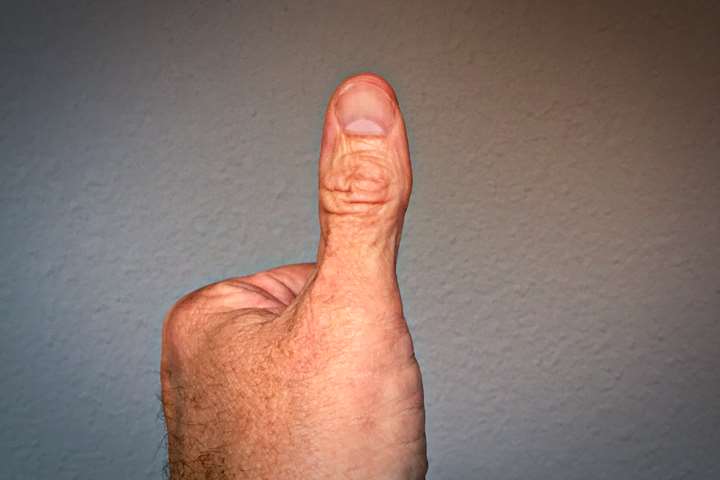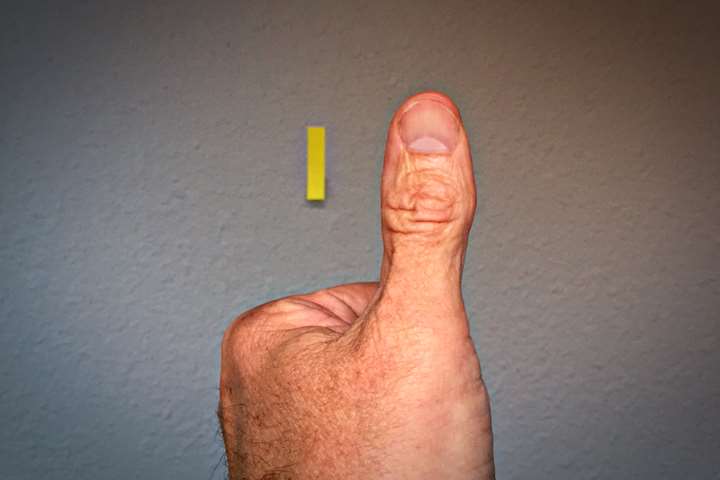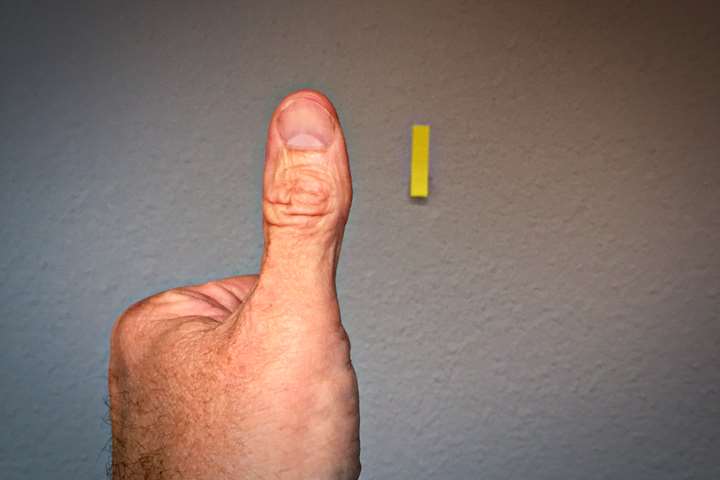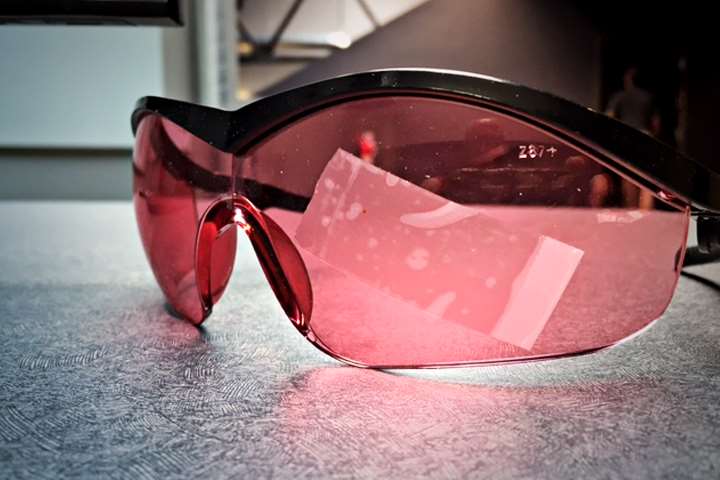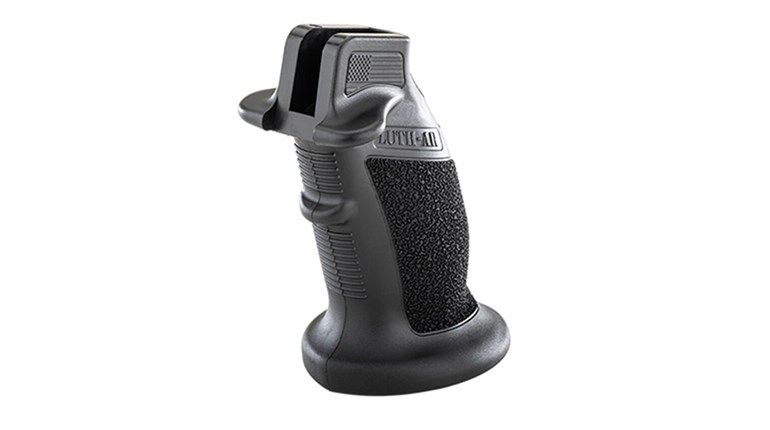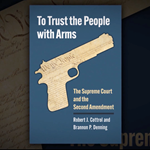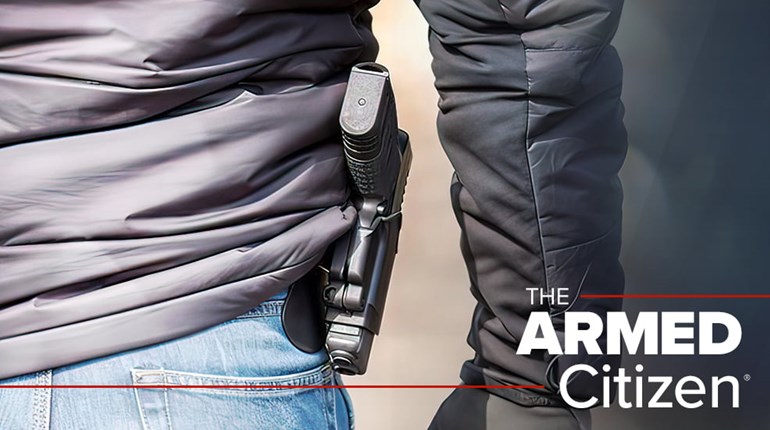
Today’s Carry Life takes a look at eyedness.
<<Pause for comic effect; wait for uproarious laughter to subside.>>
OK—it wasn’t that funny. But with apologies to our editor, “eyedness” is both a real word and a real phenomenon. Getting it right or wrong can have big implications for training, and serious consequences for an accurate shot in stressful circumstances.
The concept is simple: Most people are either right-handed or left-handed, and generally eyedness follows suit. This means that when both eyes can see something, the brain prefers the image of one eye over the other for detail resolution (including things like alignment tasks). The brain uses the input from the other eye for spatial context, adding the third dimension—depth—to our binocular view of the world.
When shooting a handgun, it’s helpful for a bunch of reasons if eyedness and handedness match. Things get thorny, however, at the outset: Knowing which eye’s image your brain prefers isn’t something folks normally know about themselves, and it doesn’t create issues in most of daily life the way it does in shooting. Fortunately, figuring out which eye is the so-called “dominant” one is easy.
While anything small and stationary will work (like a light switch), we’ve stuck a Post-it tab on the wall for our demonstration photos. Standing back four to six feet, we then hold up our thumb at arm’s length. With both eyes open and focusing on the thumb, move the thumb until the target object is obscured, or at least grows decidedly fuzzy (you may see a shadowy thumb superimposed on the target—this is fine for our purposes).
Next, close or cover one eye. If the target object disappears and your thumb is (suddenly) clear and sharp, the open/uncovered eye is your dominant one. If the obscured target suddenly reappears and your thumb appears to “jump” sideways, then your dominant eye is the one you closed/covered. The jump of the thumb, if it occurs, is always toward the dominant eye.
If your eyedness and handedness match, count yourself lucky: With ever more firearms being configured with either full ambi or switchable controls, you’re in good shape. Unless you have some other technique flaw, you can probably get shots with your handgun pretty much where you want them. If not, you’re likely making one of the mistakes covered here or here.
But if dominant eye and hand don’t match, it’s a simple fact of life that pistol shooting will be slightly more complex for you.
Many serious trainers went through a phase where they emphatically suggested that the best fix for this was to manually swap the firearm onto the same side as the dominant eye. This was well-intentioned, certainly, and even practical for a newish shooter. But for more experienced shooters (here, read “older”?) it was a comprehensive, über-frustrating disaster. We even know a few folks who just gave up handgunning under this ideological onslaught—truly a shame.
So what’s a cross-dominant shooter to do?
There are several ways to “skin this cat,” and most who overcome the disadvantage of cross-dominance pick and choose. A couple of absolute “don’ts” however, jump right out. For the purposes of our discussion, we’ll assume the most common—a right-handed shooter with a dominant left eye.
Don’t tilt your head to bring the left eye behind the sights. This only solves the sight alignment problem, but introduces several others. Especially in terms of “getting off the ‘X,’” one of the side effects—on balance—is actually dangerous. Also, it puts the head in motion when it shouldn’t be.
If at all possible, don’t close the non-dominant eye. Trainers also went through a period where everyone was badgered incessantly about keeping both eyes open, and it is a (much) better idea in terms of situational awareness. Unfortunately, it’s also neuro-optically impossible for a small minority: those without clear eye dominance. Their brains (apparently) refuse preference in the way most of us experience it, and skip back and forth—definitely a problem. If you must close an eye to get a clear sight picture, do; just know you’re giving up important peripheral vision.
Fortunately there is an inexpensive, vintage trick that helps drive the brain to choose the eye that is behind the sights. Our hypothetical righty would place a piece of Scotch tape over the center of the left lens of his or her shooting glasses. The effect of clouding the image in this way will cause your brain to choose the unclouded right side image. Which is, conveniently, more easily brought behind your sights.Knowing which eye’s image your brain prefers isn’t something folks normally know about themselves.
Granted, it takes a little getting used to, but don’t dismiss it: The technique has a loooong record of success. If used diligently, it will train your brain for the new preference while shooting. A tiny hint, though: Fold a tab into the tape on the lower edge so it can be removed easily and periodically replaced. We recommend the tape be at a diagonal for no other reason than easy application and removal, but you’re a grown-up: You’ll make it work.
Let’s go back to head position for a minute. This is a necessity, because the tape trick doesn’t always work. For those with a visual impairment, or, more commonly, laser vision correction-induced monovision (one eye tuned for distance, the other—usually non-dominant—tuned for reading), there is another fix. But it depends on proper stance and grip architecture/mechanics.
If your stance is the combined Weaver/Isosceles we recommend, all you really have to do to get that dominant left eye behind a strong right hand is as follows: Pull the weak side foot back just a little (four to six inches), and pull the pistol back toward you slightly more (an inch or two is plenty).
What you will find is that a very slight rotation (not, repeat not, repeat NOT a tilt) of the head is all that is now needed to get good eye/sight alignment. If you feel like you’re turning your head—dominant eye toward the pistol—more than about 10 degrees, you haven’t pulled the pistol back toward you enough.
A last thought: Cross-dominance is considerably more common in women than in men, at least in our experience. If you’re instructing, this puts the onus on you to diagnose (watch for excessive head bobbing/circling and difficulty with follow-up shots) and correct the issue early. It’s much easier to pause and sort this out properly than to unlearn, say, a head tilt. If you’re a woman learning to shoot, it isn’t all that uncommon to find an instructor with nothing much beyond the “change hands” solution. How do we put it politely—time for a different instructor?
The geometry of eye, hand and head can be the source of many subtle issues for accurate, and particularly rapid accurate, shot placement, and shortcomings only compound if you’re trying to “get off the X.” With a little attention to detail, however, even one as tricky as cross-dominance can be overcome.
Now Carry on.
